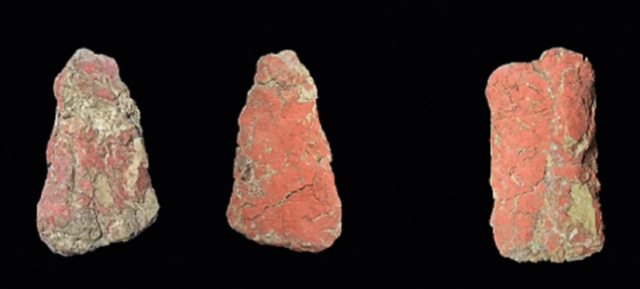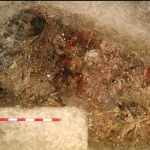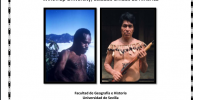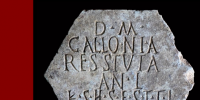Today, mercury is a matter of concern for health and environmental authorities across western countries, and legislation has been passed and programs have been implemented for its total elimination from human activity. But this was not always the case: mercury and its compounds have been highly appreciated and used since remote times all over the world with very diverse purposes ranging from decorative, medicinal, metallurgical and symbolic.
This article describes the currently available evidence, which is carefully reviewed, Valencina represents the most intense and prolonged case of mercury exposure recorded in human history, making it an important site for assessing the long and complex history of mercury use.
Download: https://link.springer.com/article/10.1007/s10816-023-09631-8




